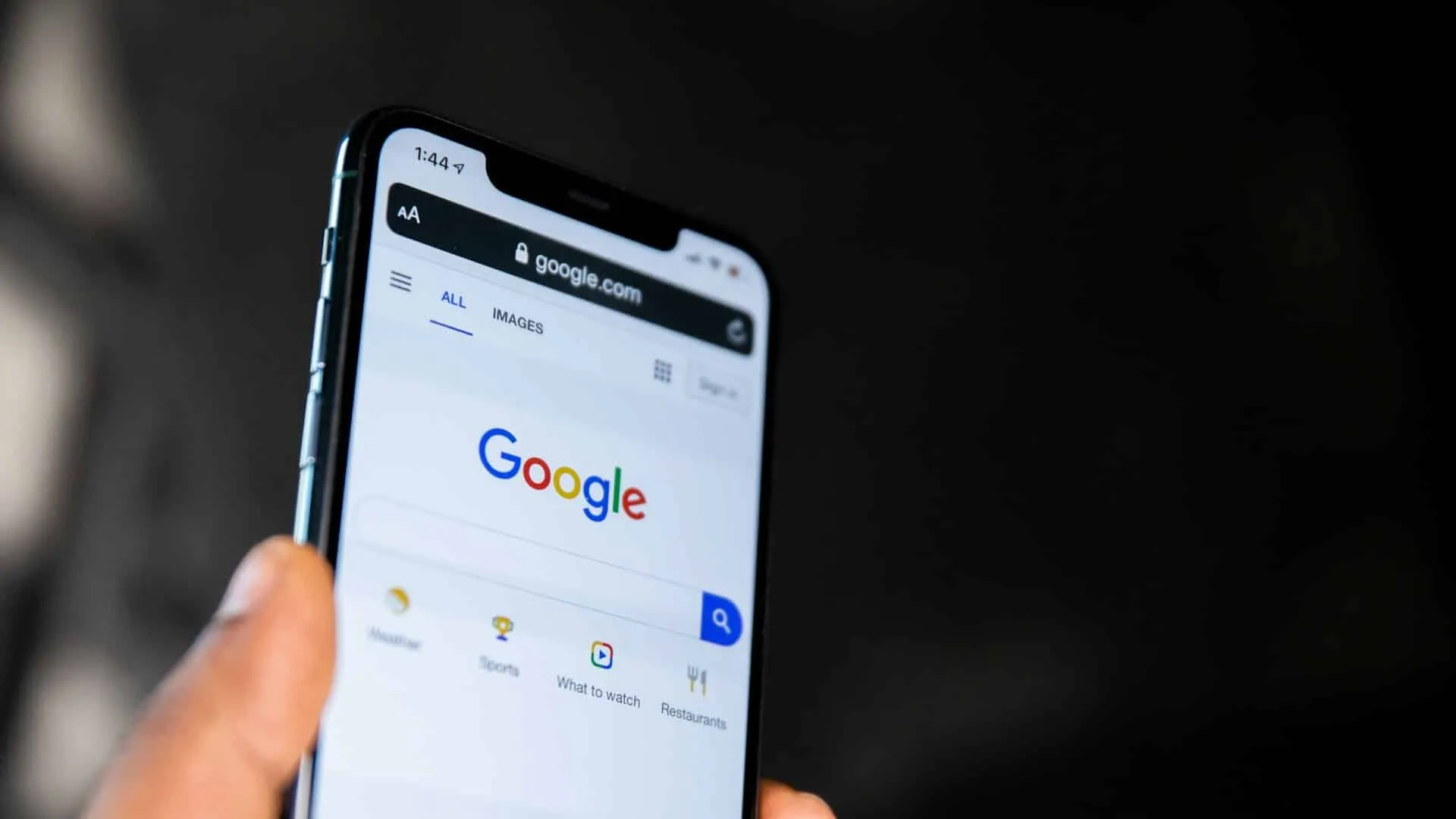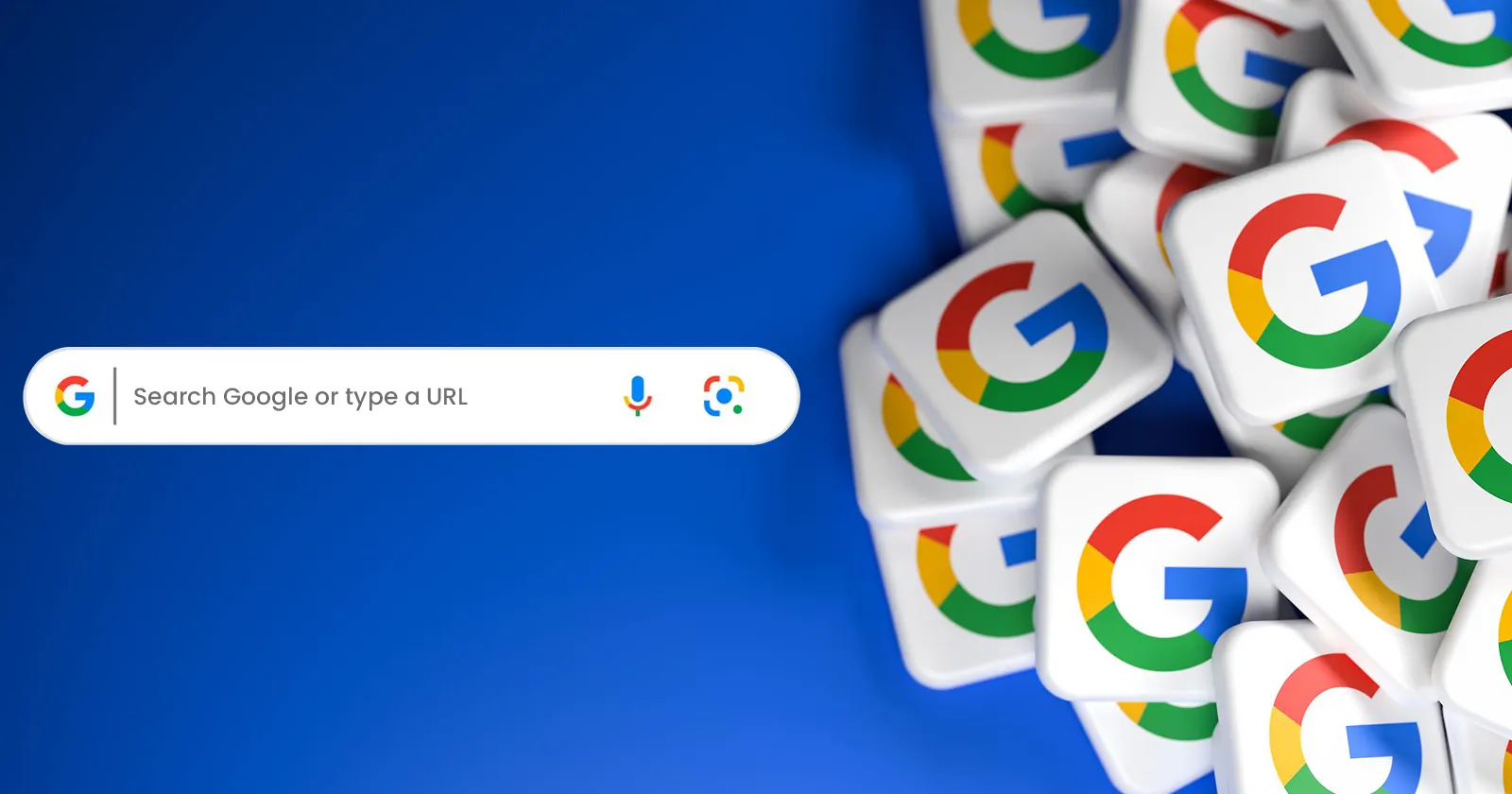
Move over text-heavy search pages — Google is transforming the way we engage with information yet again. In a quiet but impactful move, Google has rolled out its Audio Overviews feature for Search, powered by its powerful Gemini AI models. And here’s the twist: your search answers are now presented as if you’re tuning into a snappy, casual podcast.
Yes, you read that right. Google is letting its AI do the talking — literally.
The new feature synthesizes top search results into short, digestible audio clips, mimicking a podcast-style conversation between two AI hosts. Think of it as having a pair of enthusiastic, articulate friends chatting you through what you were about to read — but faster, hands-free, and with a sprinkle of personality.

AI That Sounds Human: What the Experience Feels Like
Rather than displaying a long list of links or generating a wall of text, the Audio Overviews tool reads and compiles the most relevant content from top search results. Then, using natural conversational tones, two AI voices bounce dialogue back and forth, explaining the subject matter in a way that’s both informative and engaging.
You’ll hear one voice ask a question like, “Why do Americans celebrate Flag Day?”, and the other respond with a well-crafted, paraphrased summary from multiple sources. It’s fluid. It’s chatty. It doesn’t feel robotic.
As Google explains it, this isn’t just about reading aloud the search snippets. It’s about creating “a podcast-style breakdown of your search,” designed to make learning or catching up on topics more accessible while you’re driving, walking, or just avoiding screens.

Not Just for Quick Answers — But for Deeper Curiosity
Google admits this isn’t ideal if you’re simply asking, “When is Father’s Day?” But if you’re diving into subjects with a bit more nuance — like the cultural significance of a holiday, or the history behind a movement — this tool shines.
Users can also customize the playback experience:
- Speeds range from a relaxed 0.25x to a speedy 2x
- Includes source links for further exploration
It’s infotainment meets exploration.

A Feature With Roots — and Ambitions
While this may seem like a novel addition to Google Search, Audio Overviews isn’t exactly new. Previously, it was exclusive to Google’s NotebookLM — the company’s AI note-taking assistant. Within that platform, Audio Overviews evolved to be more interactive, letting users ask follow-up questions in real-time and even use a “Deep Dive” function to explore subtopics with more depth.
By integrating this into Search, Google is signaling a broader vision: a hands-free, voice-driven, contextually aware internet. It’s not about replacing reading — it’s about giving users another mode of consumption, one that aligns with modern content habits driven by podcasts and voice assistants.
“It’s helpful if you want an in-depth and hands-free response,” Google noted, highlighting the feature’s utility when you’re on the go or simply prefer listening over reading.
How to Try It Yourself
Curious to give it a spin? You’ll need to opt into the Google Labs program — Google’s experimental playground where users get early access to features still in testing.
Once activated, you’ll find the Audio Overview option pop up with certain queries. And just like that, you’re no longer reading your search results — you’re listening to them.

The Bigger Picture: What This Means for Search, AI, and Content
This move is more than just a cool trick. It reflects the future of how people might interact with the internet — not just tapping or swiping, but conversing with it. Google’s push toward AI-generated conversations, voice interfaces, and real-time summarization shows the company doubling down on multimodal AI experiences.
For digital publishers, SEO experts, and content creators, this also raises important implications. If Google’s AI is compiling audio synopses from top-ranking articles, content that’s not just accurate but engaging and well-structured might have a better chance at being featured.